Staying connected while traveling used to mean hunting for payphones and hoping the hotel had decent internet service. These days, being unreachable feels almost impossible, but that doesn’t mean staying connected is always easy or affordable. Between international roaming charges, spotty Wi-Fi, and different network standards around the world, keeping in touch can still be tricky.
The key is having multiple backup plans so you’re never completely cut off from the world when you need it most. Here is a list of 20 smart strategies that’ll keep you connected without breaking the bank or dealing with frustrating technical headaches.
International Phone Plans
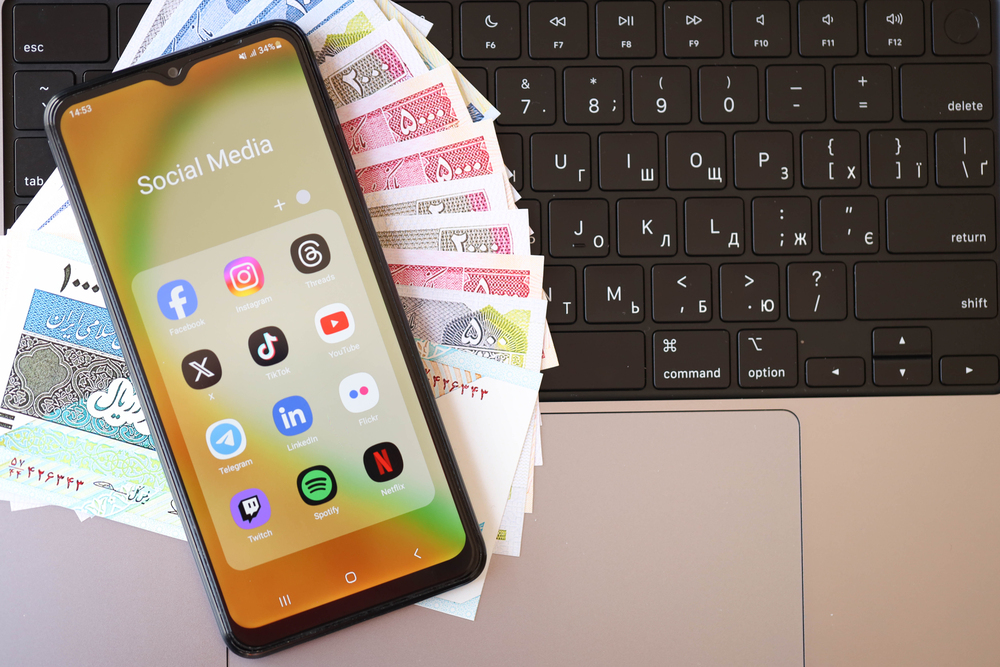
Most major carriers offer temporary international plans that cost way less than standard roaming charges. These plans typically run $10–15 per day and include unlimited texting, calling, and several gigabytes of data.
Contact your carrier before leaving home because activating these plans while abroad often costs significantly more.
Local SIM Cards
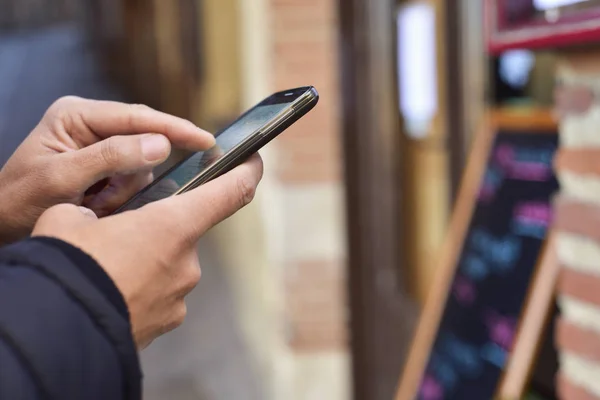
Buying a local SIM card gives you access to domestic rates and often includes generous data allowances for the price of a fancy coffee back home. Most airports and convenience stores sell prepaid SIM cards with instructions in multiple languages.
Just make sure your phone is unlocked before you travel, or this option won’t work at all.
Like Travel Pug’s content? Follow us on MSN.
Portable Wi-Fi Hotspots
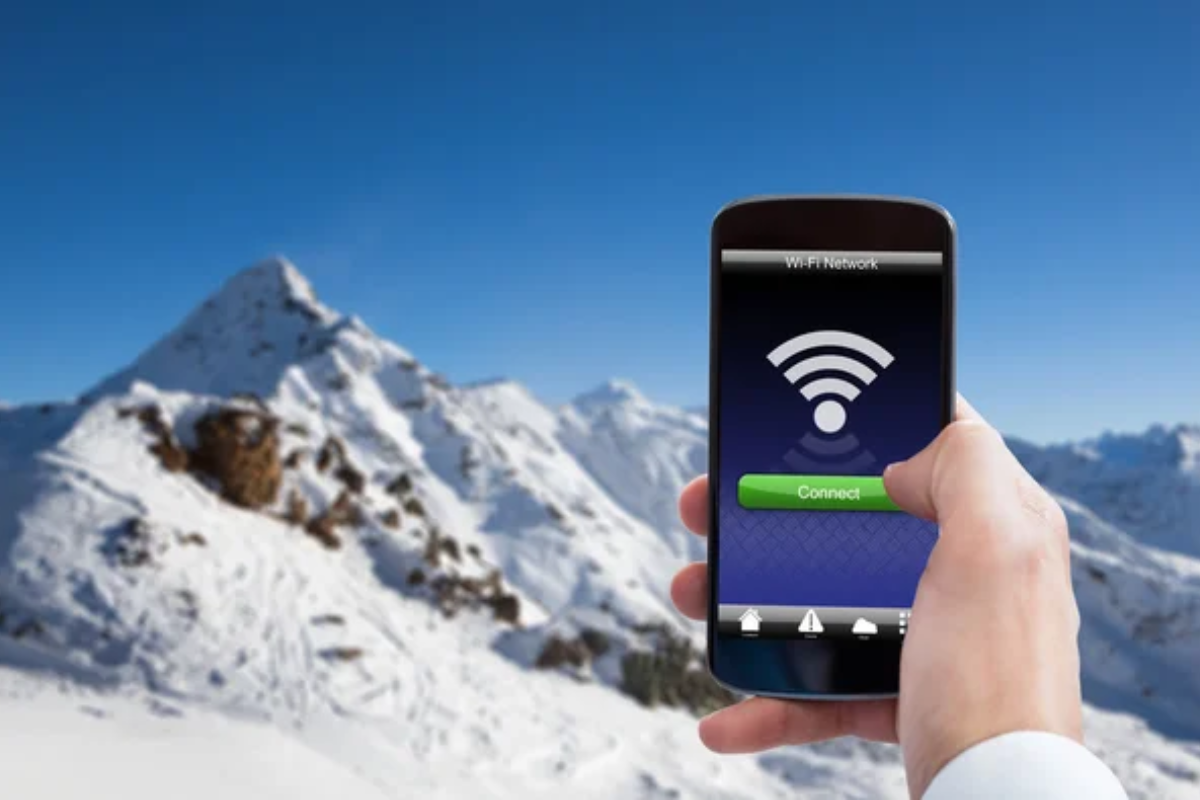
Renting a portable hotspot device lets you create your own Wi-Fi network that multiple devices can share. Companies like Skyroam and GlowFi offer unlimited data plans that work across multiple countries without the hassle of swapping SIM cards.
Think of it as carrying your own personal internet tower in your pocket.
VPN Services
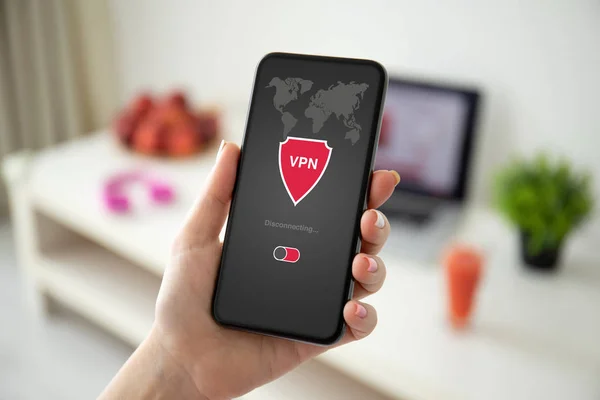
Public Wi-Fi networks are convenient, but they are often unsecured, making your personal information vulnerable to hackers. A reliable VPN service encrypts your internet connection and can help you access websites that might be blocked in certain countries.
Many services cost less than $5 per month and work across all your devices.
WhatsApp and Messaging Apps
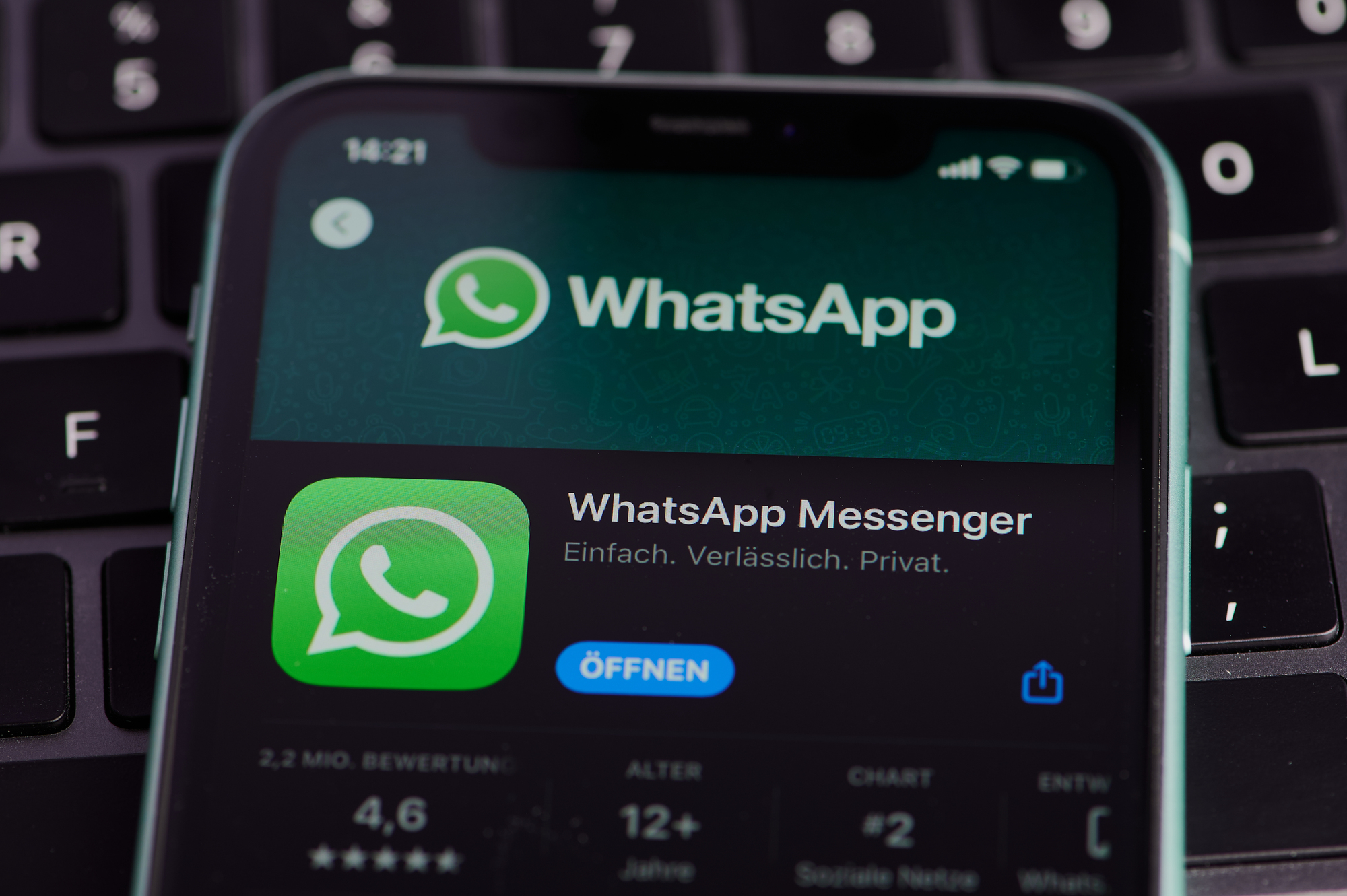
Traditional text messages can cost a fortune when traveling internationally, but apps like WhatsApp, Telegram, and Signal use internet data instead of cellular networks. These apps work over any Wi-Fi connection and often include features like voice calls, video chats, and file sharing.
Most of your contacts probably already use at least one of these platforms.
Like Travel Pug’s content? Follow us on MSN.
Wi-Fi Finder Apps
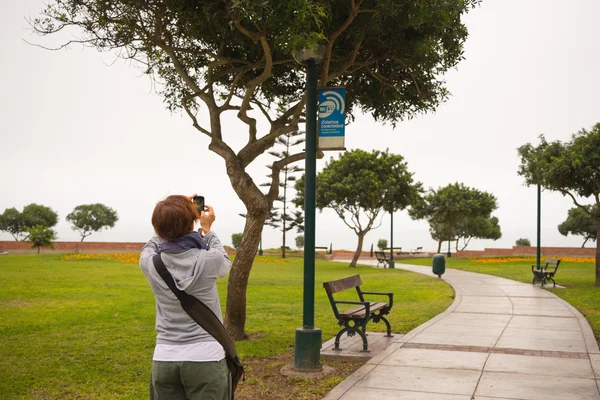
Apps like Wi-Fi Map and Wiman help you locate free Wi-Fi hotspots in cities around the world, complete with passwords shared by other users. Some apps even let you download offline maps showing Wi-Fi locations, which is incredibly helpful when you don’t have data service.
It’s like having a treasure map where X marks the spots with free internet.
Offline Google Maps
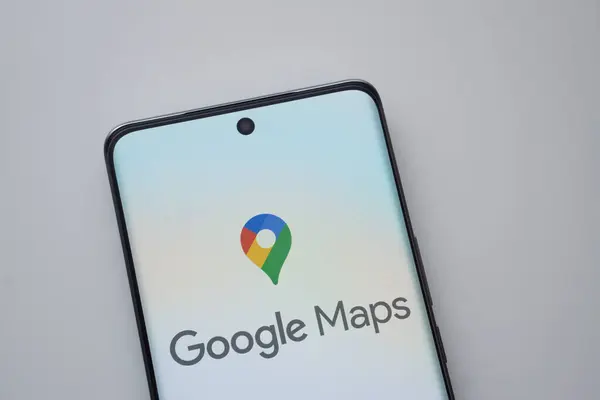
Download detailed maps of your destination before leaving home, and Google Maps will continue providing turn-by-turn directions even without an internet connection. The offline maps include business information, reviews, and contact details that remain accessible when you’re wandering around without data service.
This feature has probably saved more travelers from getting hopelessly lost than any other single app.
Travel Router Devices
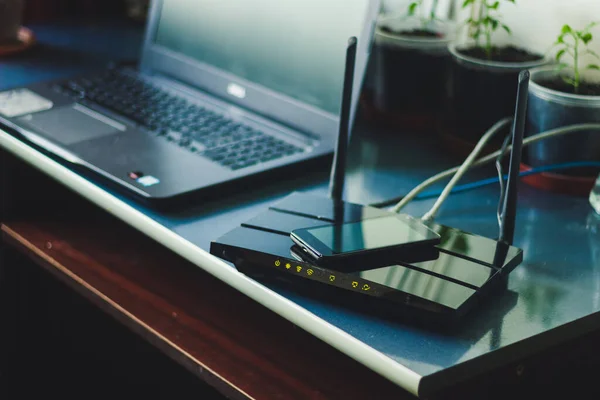
A travel router creates a secure Wi-Fi network from any wired internet connection, making it ideal for hotels that only offer Ethernet cables or charge per device for Wi-Fi access. These pocket-sized devices also allow you to share a single Wi-Fi connection among multiple devices without incurring extra fees.
Some models even include built-in power banks to charge your phone.
Like Travel Pug’s content? Follow us on MSN.
Portable Power Banks
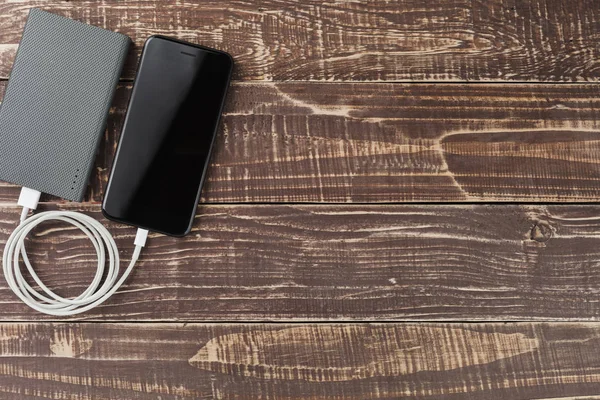
Dead batteries are the enemy of staying connected, especially during long travel days or when you’re exploring areas without easy access to power outlets. A good power bank can recharge your phone two to three times, and many models include multiple ports for charging several devices simultaneously.
Consider it essential travel insurance for your electronic lifelines.
Universal Power Adapters
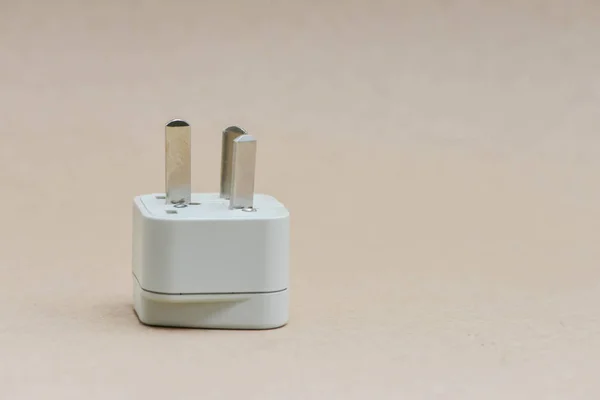
Different countries use different electrical outlets, and having the wrong adapter means you can’t charge any of your devices. Universal adapters work in over 150 countries, and many models include USB ports for charging multiple devices from a single outlet.
Spending $20 on a quality adapter beats buying emergency chargers in airport shops at ridiculous prices.
Satellite Communication Devices
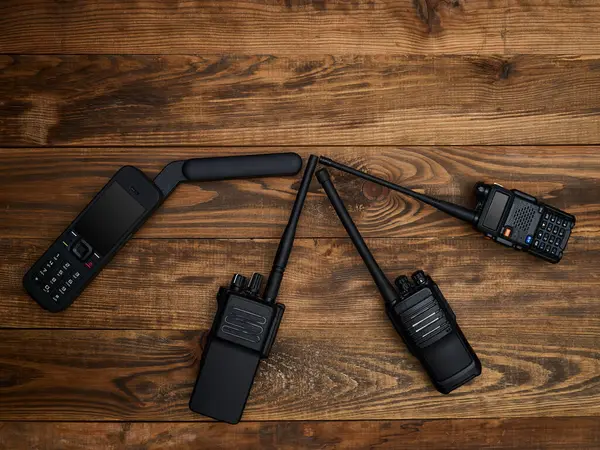
For adventures in remote areas where cellular towers don’t exist, satellite communicators like Garmin inReach devices provide two-way messaging and emergency SOS features. These devices work anywhere on Earth with a clear view of the sky and can send your location to emergency contacts.
They’re overkill for city trips but essential for backcountry hiking or sailing.
Like Travel Pug’s content? Follow us on MSN.
Wi-Fi Calling Features

Most modern smartphones can make calls and send texts over Wi-Fi networks even when you don’t have cellular service. This feature works great in areas with poor cell coverage but strong internet connections, like many hotels and cafés.
Enable Wi-Fi calling in your phone settings before traveling to ensure it works when you need it most.
Data Compression Apps
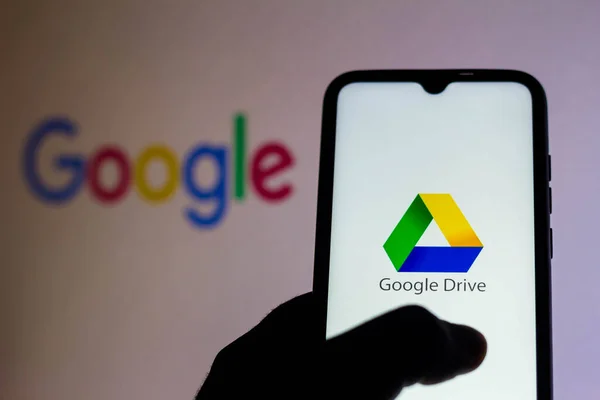
Apps like Opera Max and Samsung Max compress data usage by up to 50%, which helps stretch limited international data plans much further. These apps work in the background to reduce the size of web pages, images, and videos without significantly affecting quality.
Every megabyte counts when you’re paying premium prices for international data.
Google Voice Numbers
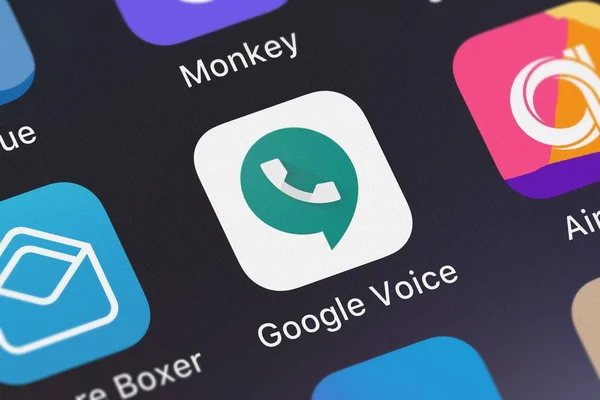
Google Voice gives you a free US phone number that forwards calls and texts to your regular phone, and works over any internet connection. This service is particularly useful for maintaining a US presence while traveling abroad, since people can call your Google Voice number without paying international rates.
The app also provides free calling to US and Canadian numbers.
Like Travel Pug’s content? Follow us on MSN.
Travel Insurance Communication Coverage
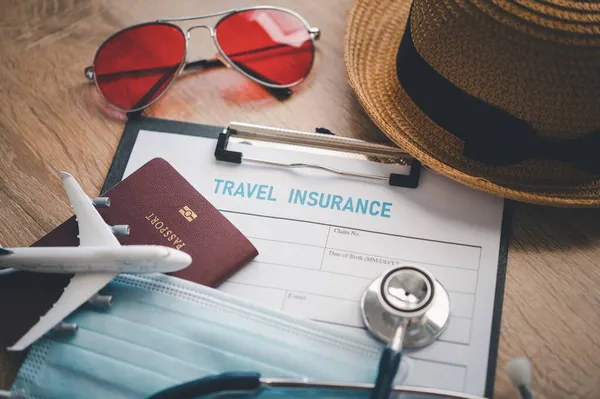
Some travel insurance policies include communication benefits like emergency phone cards or satellite phone access during crises. These features might seem unnecessary until you’re dealing with a medical emergency in a remote location where normal communication methods don’t work.
Read your policy details to understand what communication assistance is available.
Backup Phone Strategy

Bringing a second, cheaper phone loaded with local contacts and important information provides redundancy if your primary phone gets lost, stolen, or damaged. Many travelers use old smartphones as dedicated Wi-Fi devices for maps, translation apps, and emergency communication.
This strategy costs almost nothing but provides tremendous peace of mind.
Like Travel Pug’s content? Follow us on MSN.
Cloud Storage Sync

Services like Google Drive, iCloud, and Dropbox automatically back up your photos, documents, and contacts to the internet, where you can access them from any device. This protection means losing your phone doesn’t mean losing all your travel memories and important information.
Set up automatic syncing before you travel so everything uploads without you thinking about it.
Social Media Check-Ins

Platforms like Facebook, Instagram, and Twitter provide easy ways to let friends and family know you’re safe without sending individual messages to everyone. Location tags and status updates keep your social network informed about your adventures while creating a digital travel journal.
Just be mindful of privacy settings if you don’t want to broadcast your exact location to the entire internet.
Emergency Contact Apps

Apps like ICE (In Case of Emergency) store critical contact information and medical details in an easily accessible format that emergency responders can find even when your phone is locked. Some apps also include features for sending automatic location updates to designated contacts during emergencies.
It’s the digital equivalent of writing emergency information on a piece of paper in your wallet.
Like Travel Pug’s content? Follow us on MSN.
From Isolation to Instant Connection

The transformation of travel communication over the past two decades reflects how completely the internet has rewoven the fabric of human connection. Where previous generations of travelers expected to be essentially unreachable for weeks or months, today’s adventurers can video chat with family from remote mountain villages or share real-time updates from the middle of the ocean.
This constant connectivity brings both tremendous benefits and new challenges, as the pressure to stay available can sometimes interfere with the very experiences we’re traveling to have. The smartest approach balances staying safely connected with preserving those precious moments of genuine discovery that only happen when we’re fully present in unfamiliar places.
More from Travel Pug

- 20 Best Beach Towns in the Carolinas
- 13 Destinations Where Tourists Regularly Regret Their Trip
- 20 Things You Actually Get in First Class
- 20 Small Airports With Aviation Museums
- 20 Places in the U.S. That Are Perfect for a Reset Trip
Like Travel Pug’s content? Follow us on MSN. content? Follow us on MSN.
